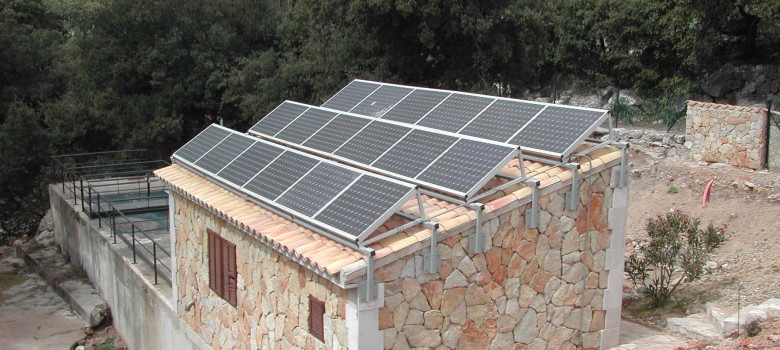
I’m sure most people are aware that solar PV productivity is affected by a few key environmental factors. The most obvious one and the one that has the biggest impact is exposure to sunlight. Panels that have the biggest exposure are going to produce the most electricity. This isn’t exactly rocket science, but it means that ensuring your panels get the maximum exposure during the course of the day is going to be crucial.
Orientation and solar PV
Due south is always going to be the best orientation to point your panels at, but sometimes that isn’t always possible. Being in the northern hemisphere, the sun is always slightly to the south, even in the height of summer when it is high in the sky. That means that panels placed on the south roof of a house will generate much more electricity than one on the north side. East and west facing panels will have the problem that for either the morning orthe evening, the panels are going to be at least partially obscured.
Even so, having panels absolutely due south is not an essential element. Many homes in the UK have panels at a south east or south west orientation, because there is not a suitable due south roof available. This can reduce the efficiency of the panels a little, but only by a few percent, so orientation is not as big an issue as you might think.
 Pitch and solar PV
Pitch and solar PV
As well as the orientation, the angle at which the panels are pitched is important. The ideal angle is about 30 degrees off the horizontal, simply because this allows the panels to extract more from the sun in the morning and the evening, whilst still making the most of the mid day sun. It is a bit of a trade off between getting energy from the sun at the start and end of the day, and getting the energy from the high midday sun.
Of course, some roofs will not allow this pitch, but installers will try where possible to get as efficient a pitch as possible. You will notice that flat roofs with solar panels don’t have the panels flat on the roof, they are fitted on brackets that tilt the panels to around 30 degrees.
Shading and solar PV
Shading is much more important than some might believe, and something that installers have to take great care of. Having a panel in shade will dramatically reduce its electricity production, and turn a profitable installation into a poor one.
Shading analysis is usually carried out by an installer prior to installation, looking closely at where the prospective panels will be affected by shade hitting the panels from surrounding buildings and trees. It is crucial to do this because most systems use a single inverter, and one panel being affected by shade means every other panel can only produce the energy produced by that shaded panel. If shading s going to be a problem, the installer may recommend the installation of micro-inverters, which negate this problem and means every panel will produce electricity independently.
This analysis has to consider a number of different potential positions of the sun – the path taken by the sun during the course of the day and with the changing seasons. Installers will try to minimise any hard shading from chimneys or trees by taking all the angles into consideration, and ensure that if there has to be some shading, that it is only during the start and end of the day when electricity production is low anyway.
Optimise your PV system
It is really important that you get a few different opinions before you install your PV system. A poorly located and sited system is going to be a very inefficient and not produce the energy you would expect, so make sure you get it right the first time.



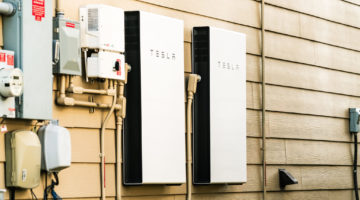
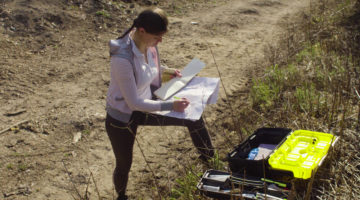
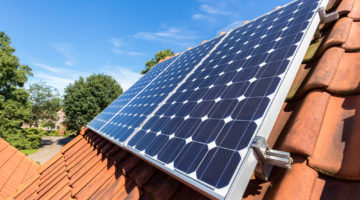
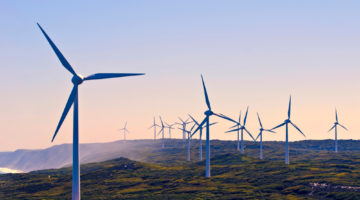





No Comments yet! Be the first one.